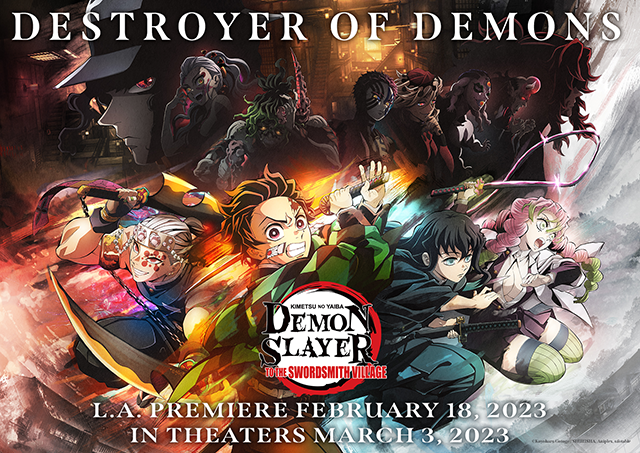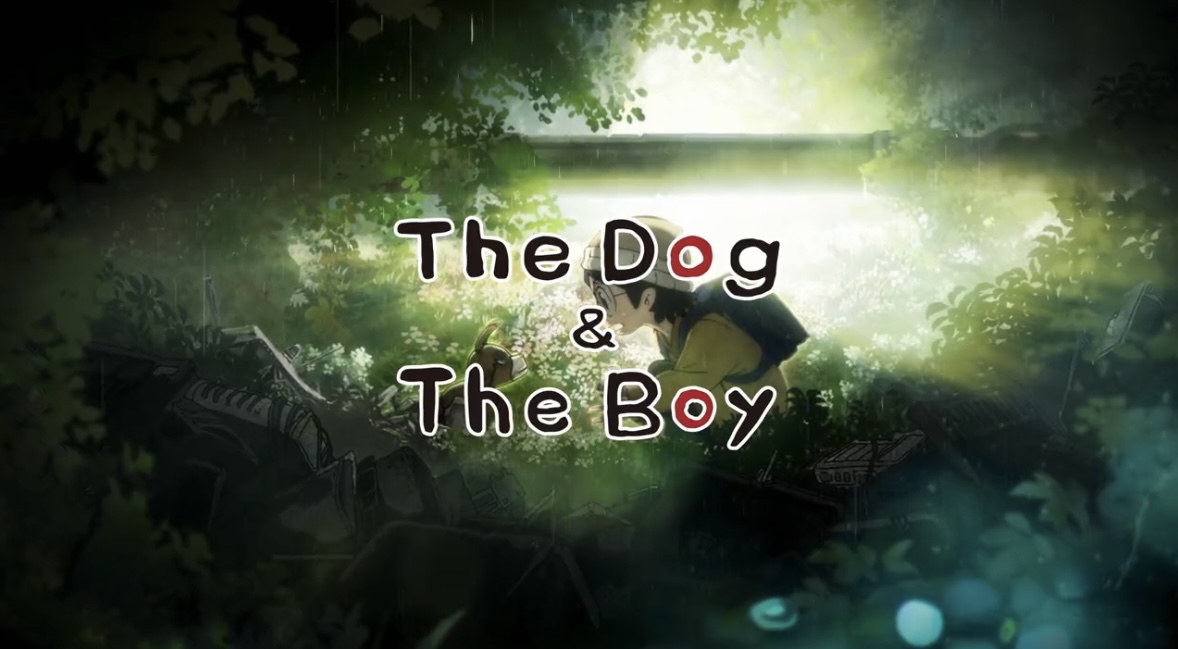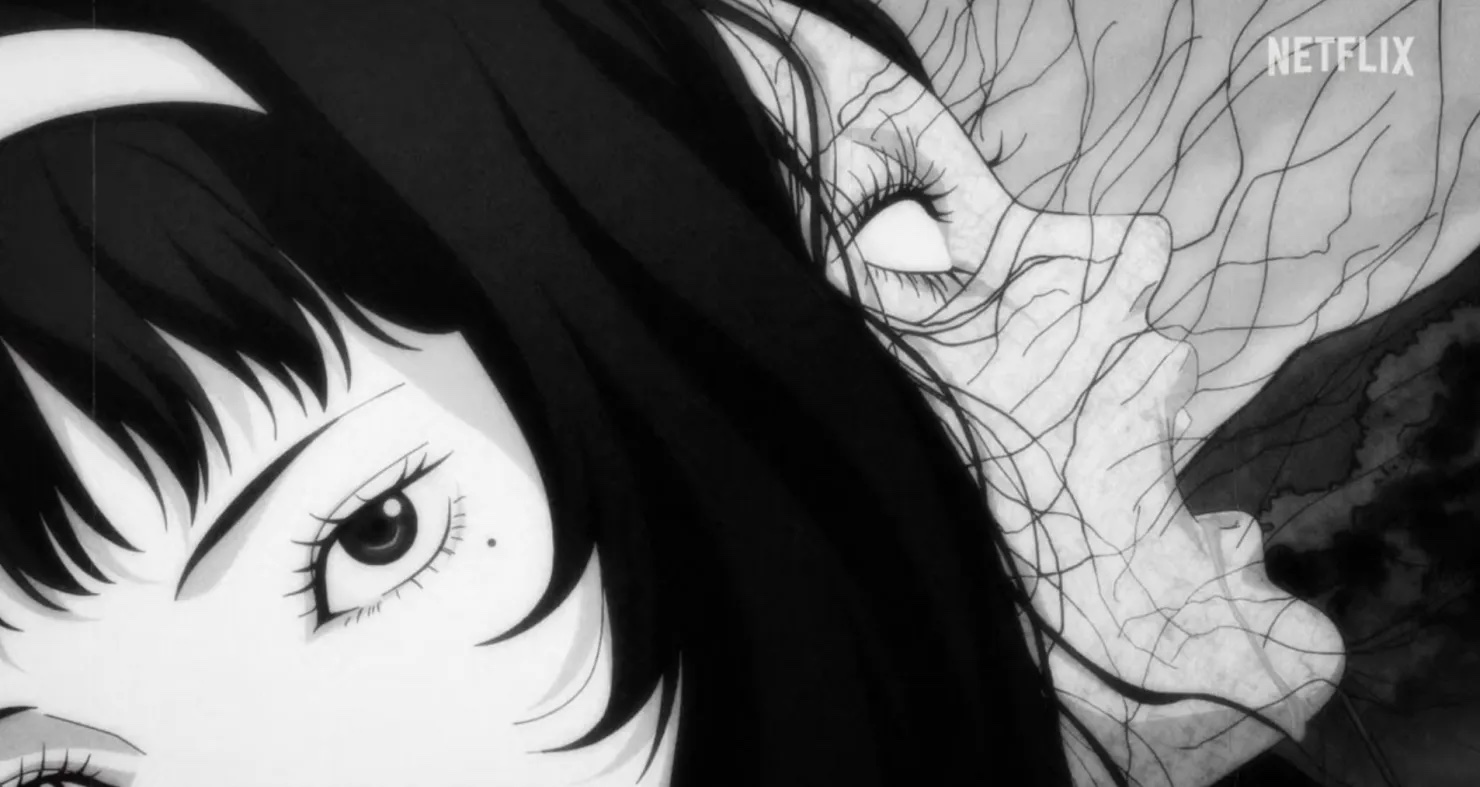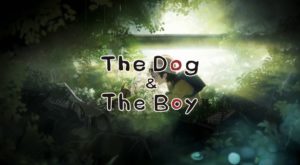Several years ago, I found myself browsing the towering, crowded aisles of a Seattle Japanese bookstore. My shoes were damp as rain poured outside the poster-covered windows. Inside it was warm, a j-pop tune playing softly through the speakers. I carried around a hefty stack of manga I’d already read but intended to purchase, a variety of romance and shounen that would look nice on my shelves at home. Someone came up behind me, a dear friend I’ve known since early childhood, and in his hands was a single manga that he excitedly shoved into my face.
“I need you to read this,” he insisted, “It’s just really special to me.”
It was a short series, and the covers looked pretty, so I put some of the manga I’d been carrying around with me back and bought all four volumes of Yuhki Kamatani’s, “Our Dreams at Dusk”. I finished all of it that night. And cried a lot.
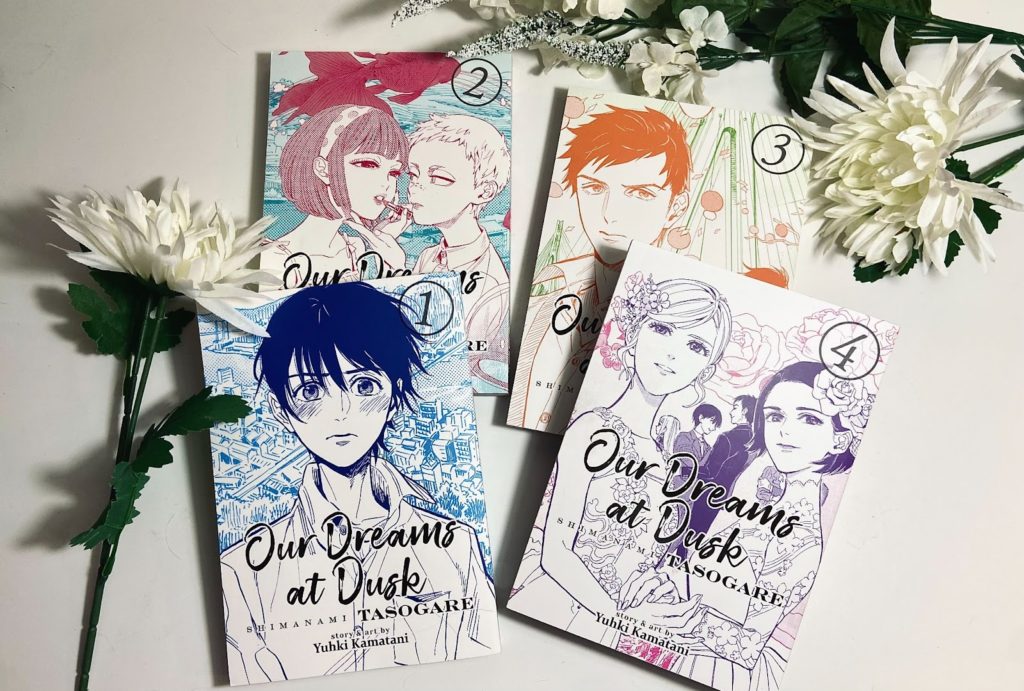
In recent years, I’ve celebrated the take off of LGBTQ+ manga that have begun to take their place among the shelves of North American bookstores. The growth in queer representation is nothing to complain about, but at the same time a lot of content feels like queer baiting or is catered towards a “fujoshi” audience instead of telling relatable stories of actual LGBTQ+ people. What makes Our Dreams at Dusk so captivating is that it does just that. Each of the characters feel truly genuine and relatable as the story tackles the different journeys and conflicts that each of them face.
Our Dreams at Dusk follows the emotional story of Tasuku Kaname, a highschooler who is considering suicide after he’s been potentially outed as gay to his homophobic classmates. Just as he’s about to jump off of a high ledge, he sees a beautiful woman in the distance leap out of her window. He rushes to find her and see if she’s alright, and stumbles upon a community center. There he sees that the mysterious woman, known as “Someone-san” is perfectly fine, and she invites Tasuku to tell her anything, but she “won’t listen, though”.
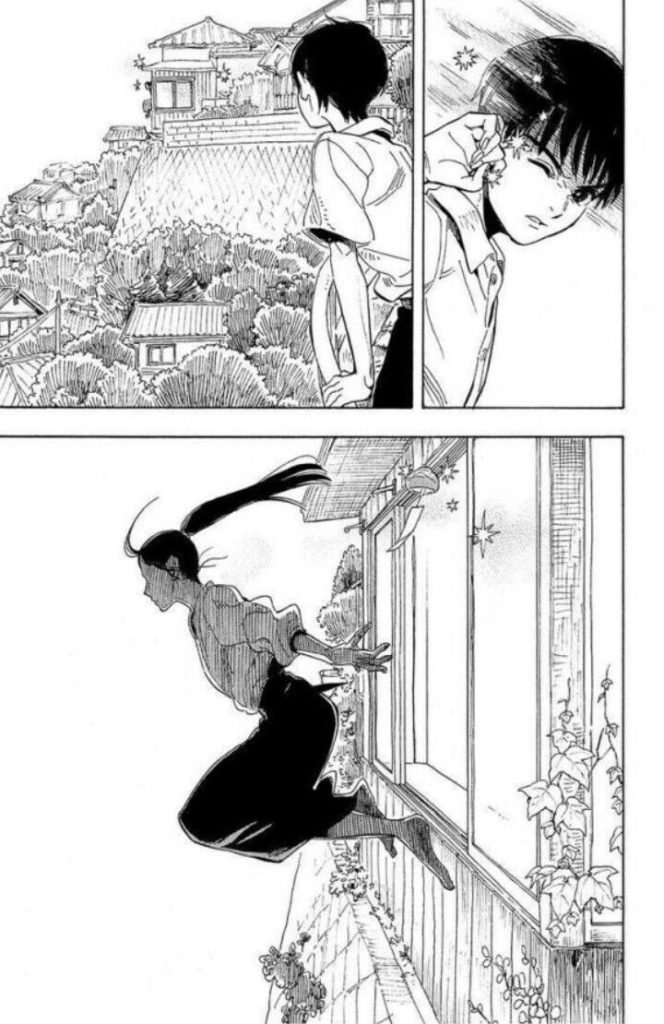
Tasuku becomes a regular at the community center, and his life slowly changes as he learns to accept himself (and others) through the care and understanding of other queer people who face their own challenges in a world that isn’t accepting of them. The diverse cast each has their own individual stories that all beautifully melt together; from a young boy questioning his gender identity, two lesbian women afraid to tell their families they want to get married, a trans man facing the judgements of old classmates, an older gay man struggling with the sickness of his dying partner, and more. All together they create a community where despite the challenges they face in the outside world, they can support each other and find inner peace.
What really adds to the depth of the story is Kamatani’s breathtaking artwork. You feel so much of what the characters are feeling through the emotion she draws not only in their expressions, but also the visual effects and backgrounds. Through use of shading/lighting, panel placement, and a variety of character close ups, you can truly feel the sorrow, happiness, or whatever mood it is that the characters are experiencing. Kamatani’s full spread page illustrations feel like masterpieces, with the artwork whimsical and almost dream-like. It’s incredible how much story she is able to tell with so little dialogue, just through the symbolism and detail in her work.

I read Our Dreams at Dusk several times a year, whenever I’m craving some emotional, comforting, relatable media. Yuhki Kamatani’s work is a refreshing story for LGBTQ+ readers, and anyone who wants to further understand their fellow humans better. It’s a story I believe everyone should read at least once in their lifetime, because like my wonderful friend said, “It’s just special to me.”


